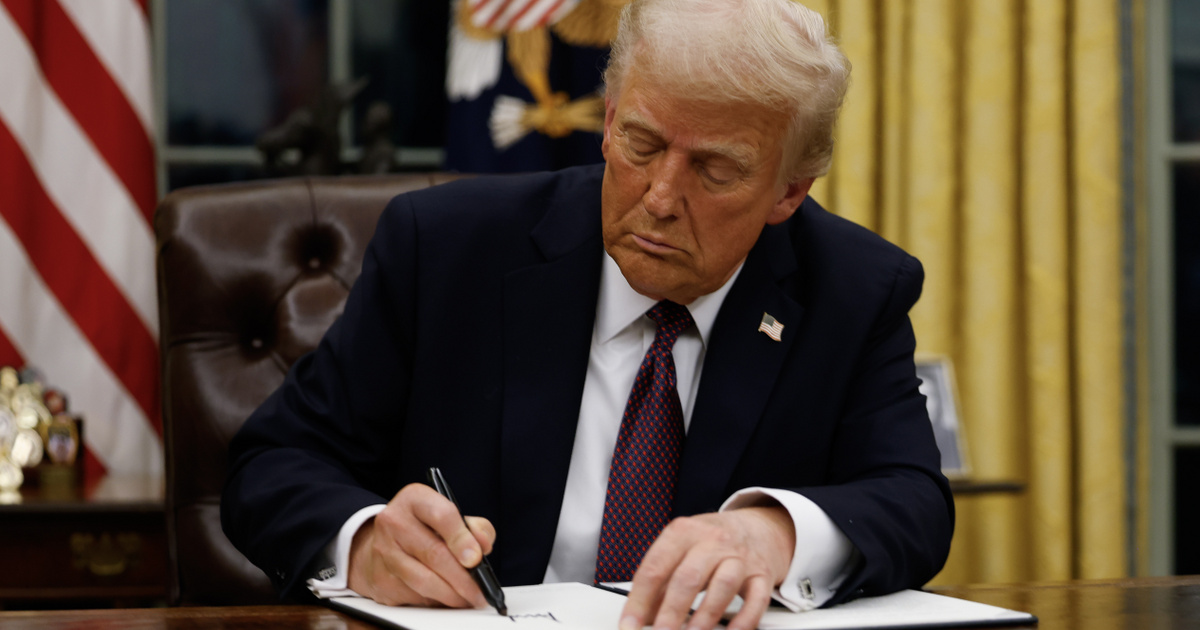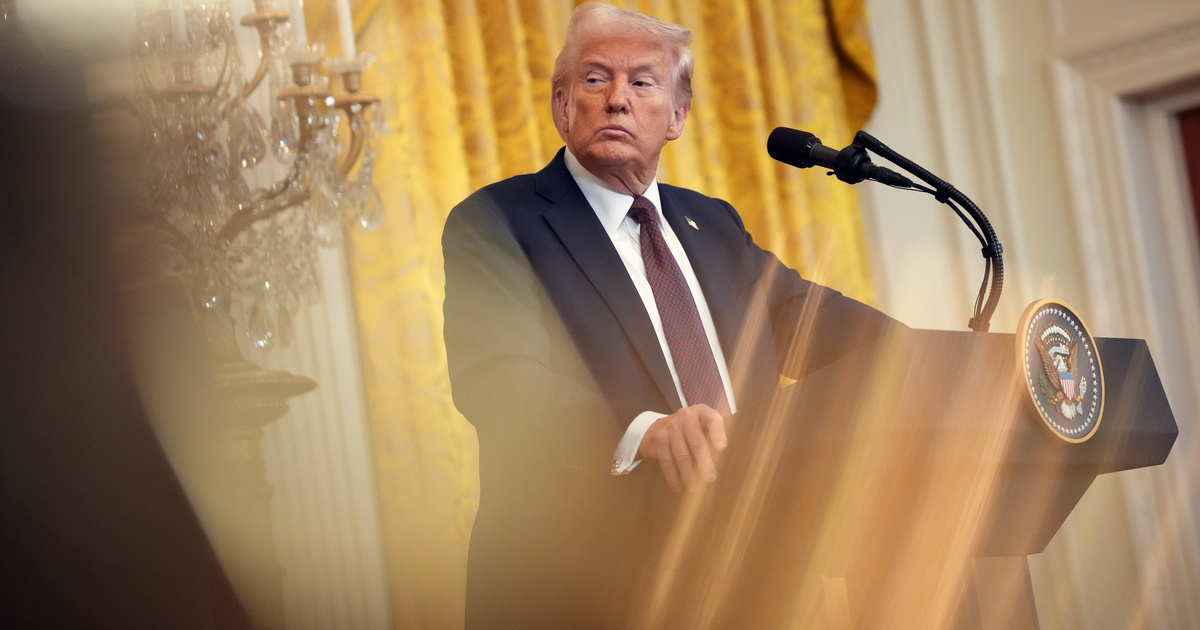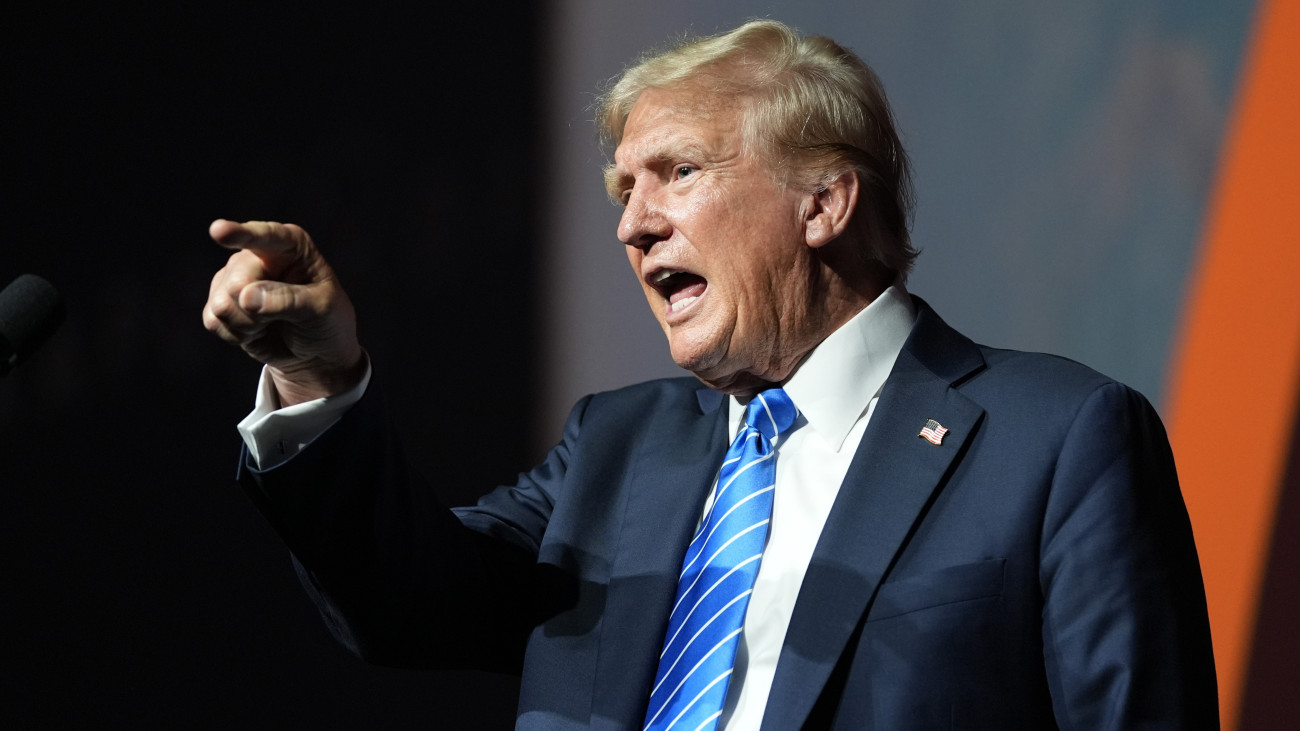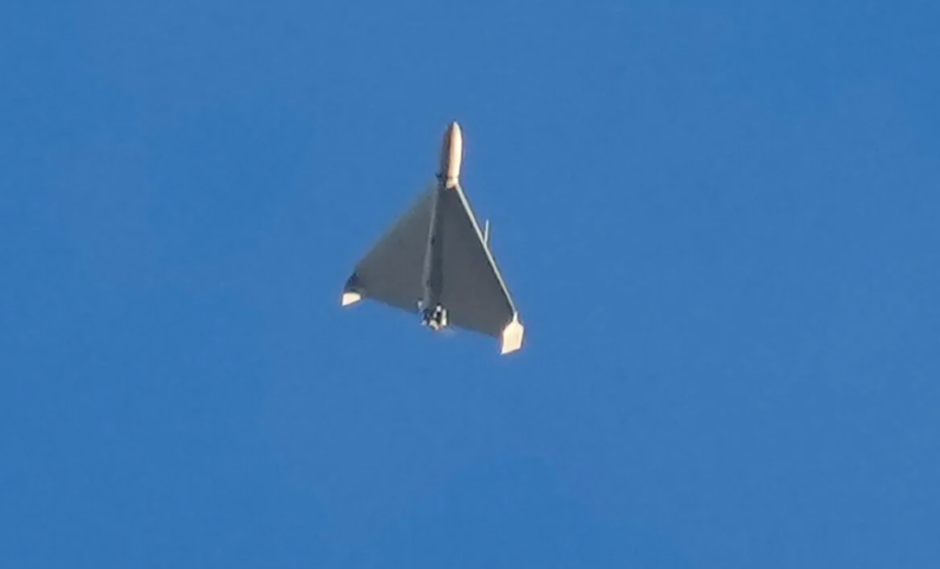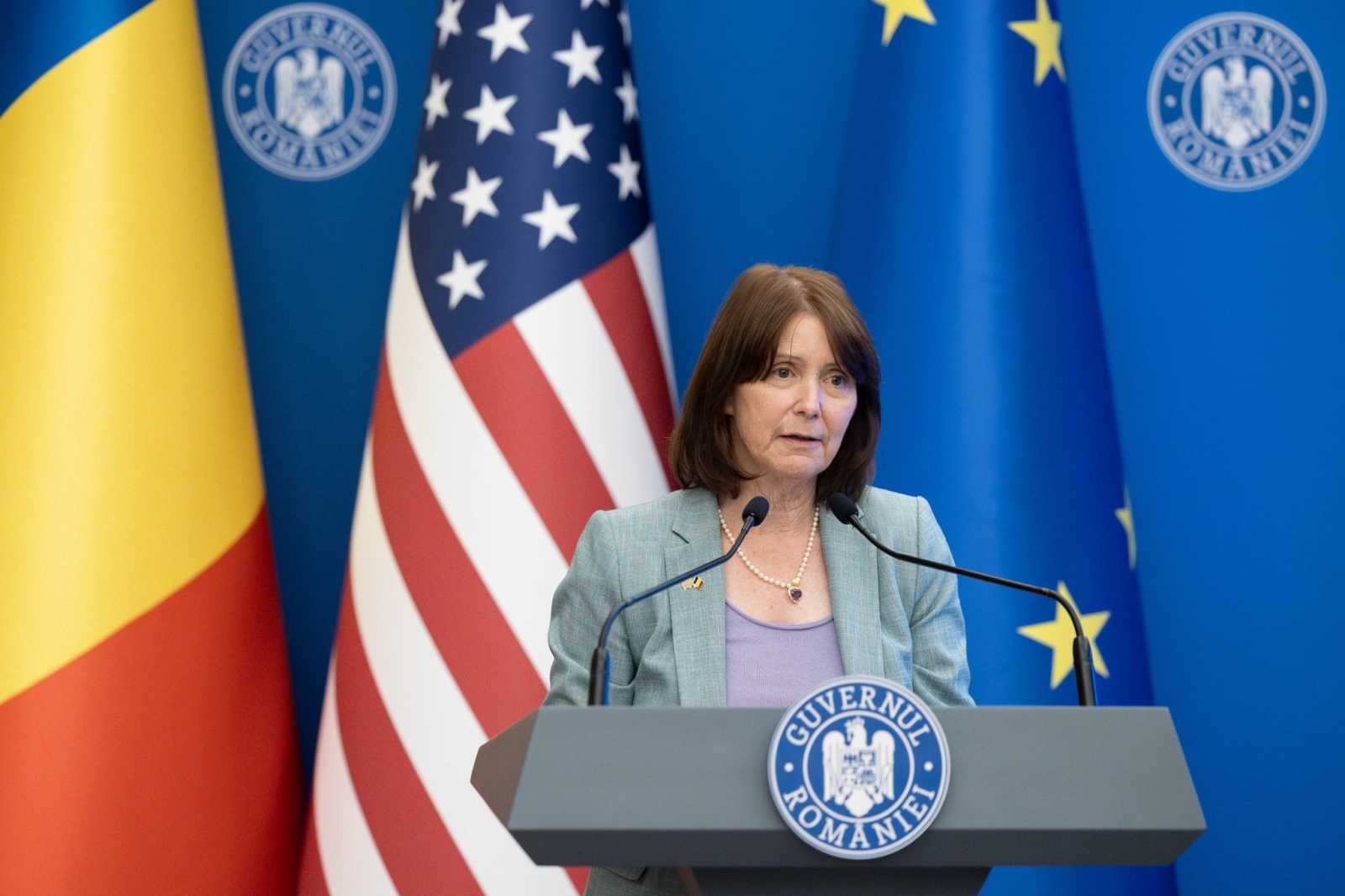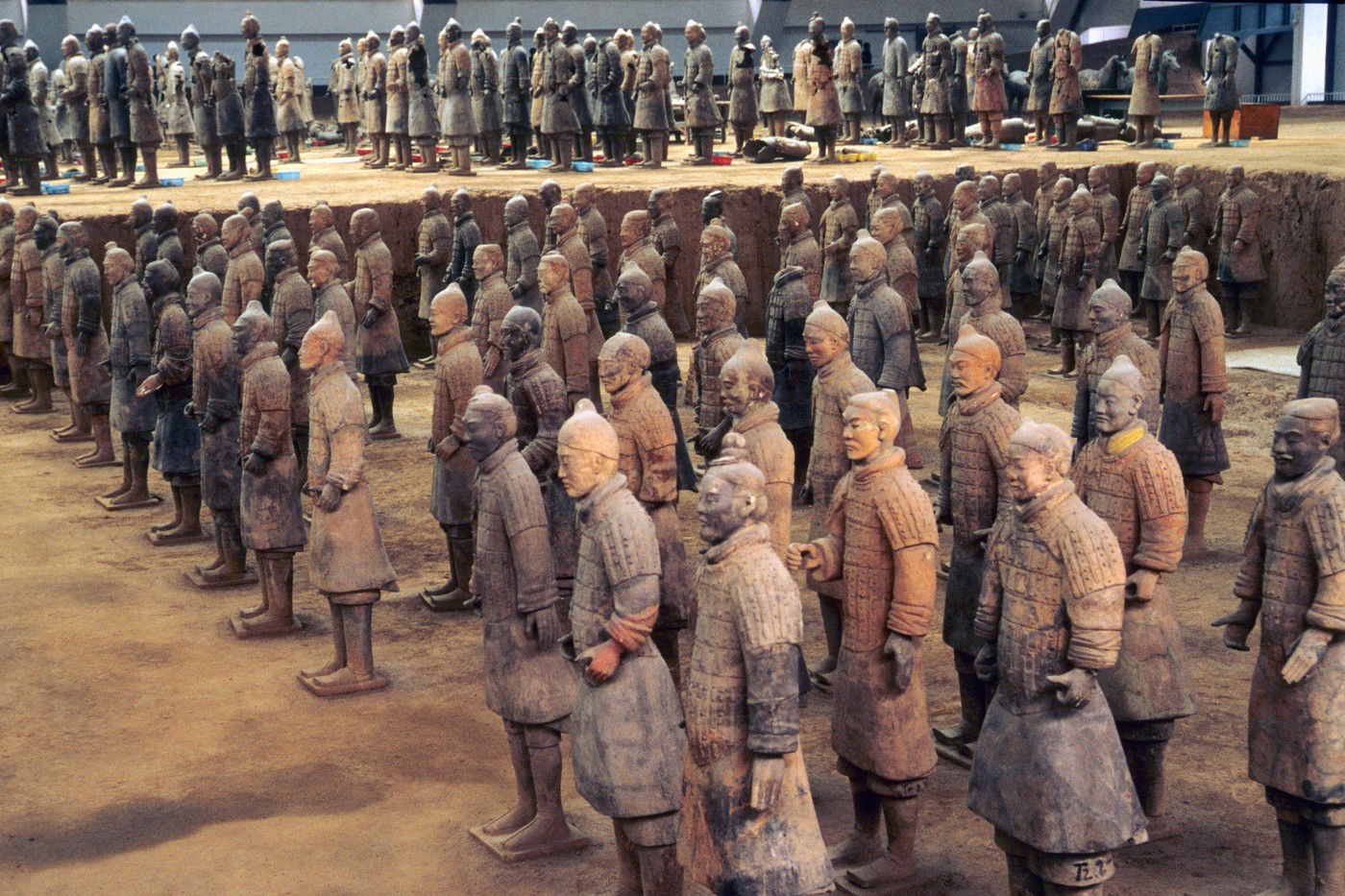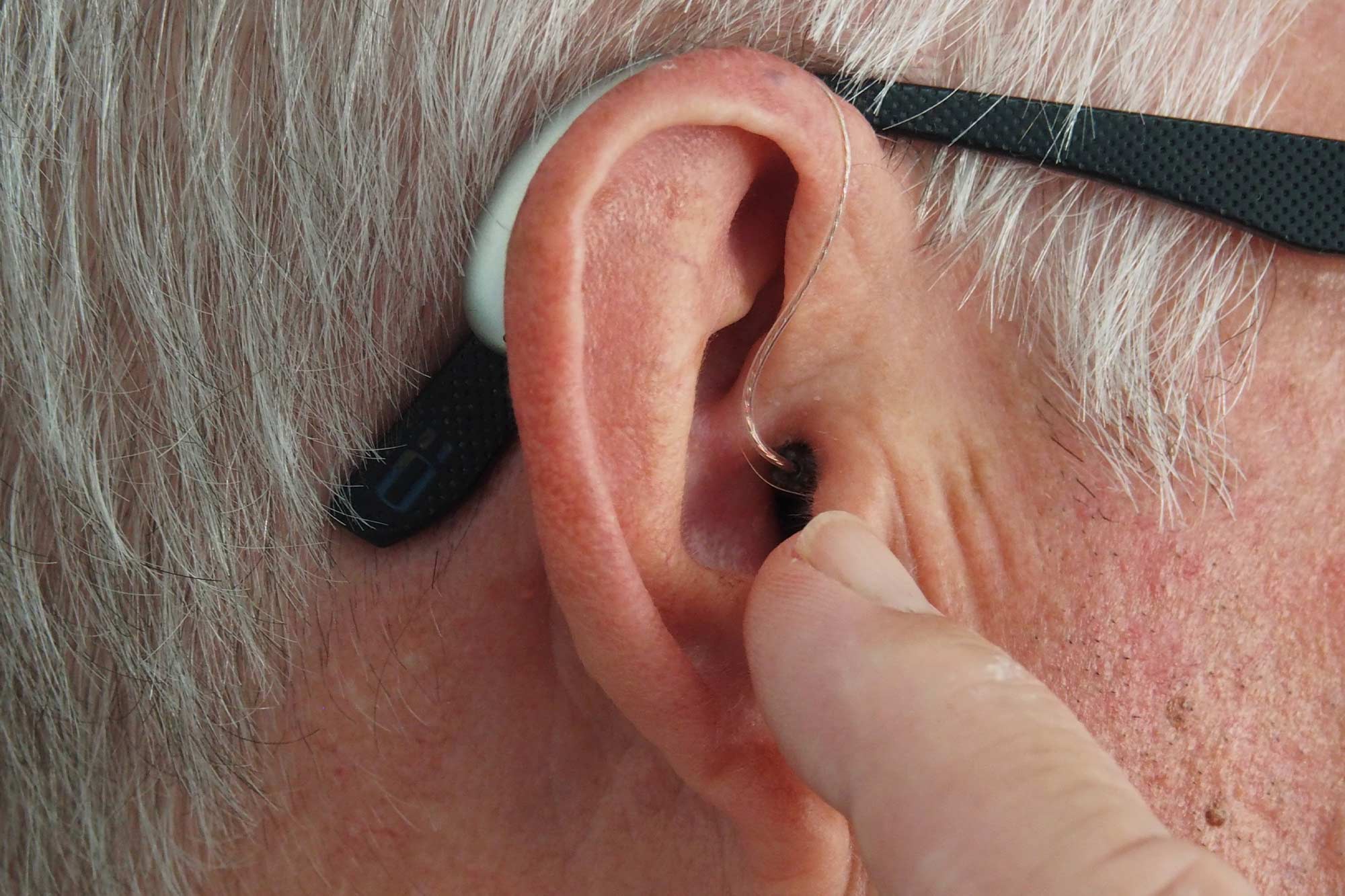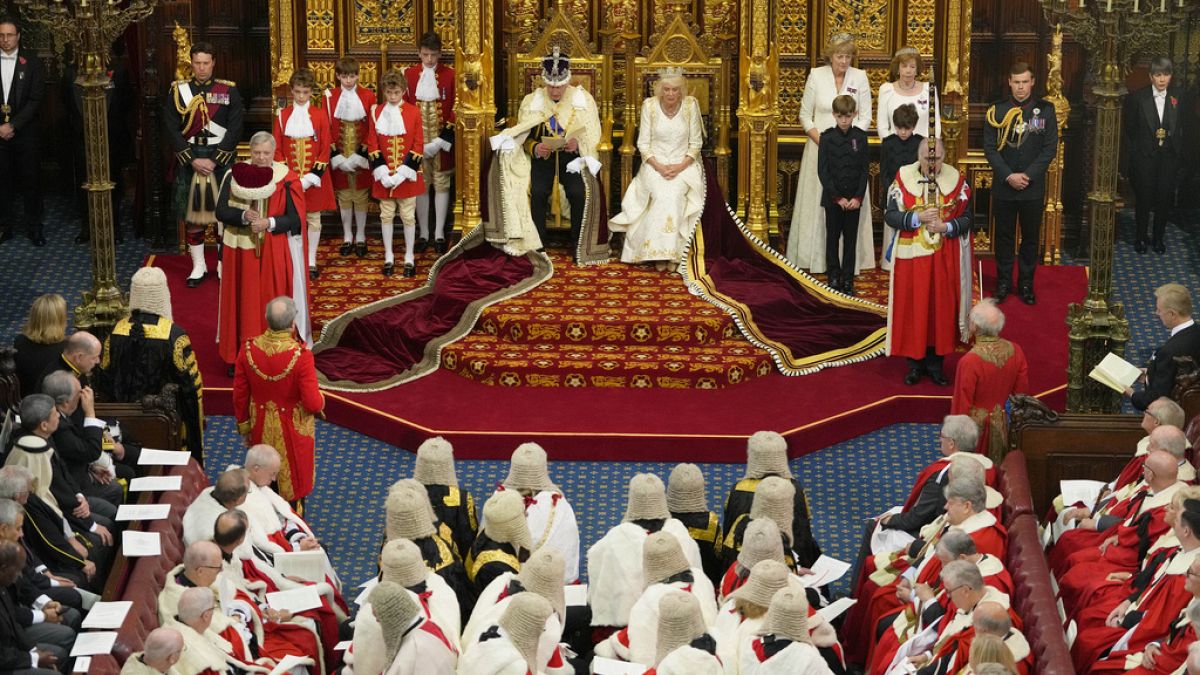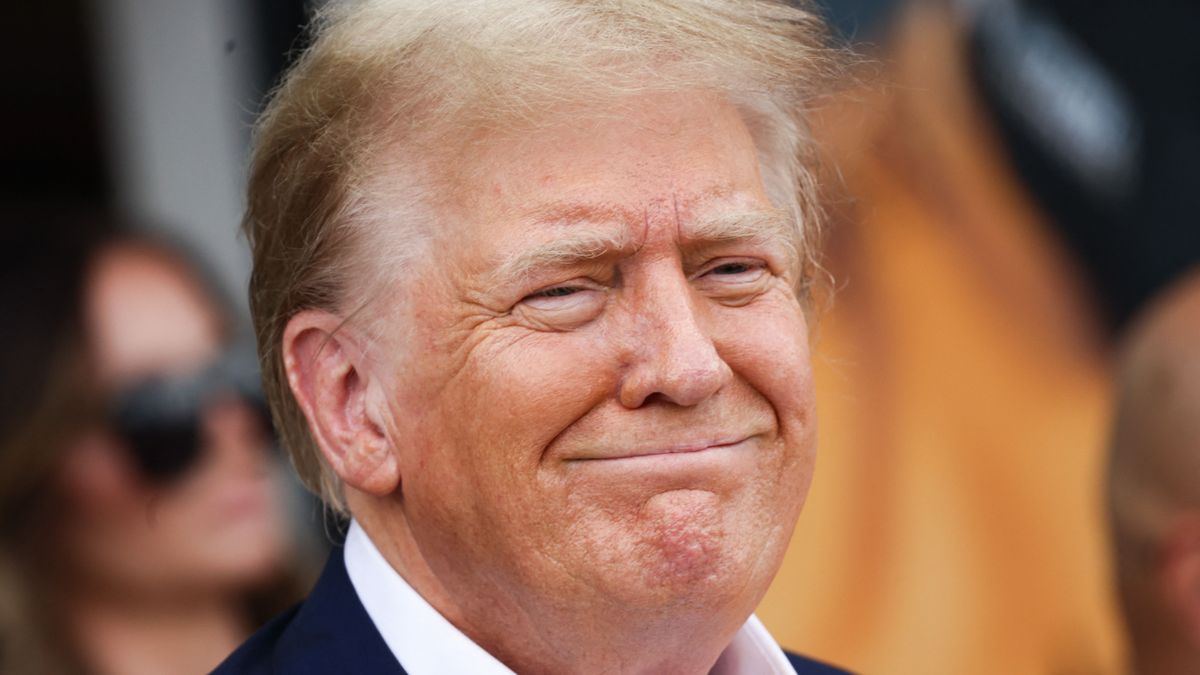Specialists participating in the conference of the International Bureau of Weights and Measures in Versailles decided on new prefixes to designate the very small and colossal orders of magnitude, which are increasingly used in modern science. So we now have runa (10^27) and koita (10^30), as well as ronto (10^-27) and kiko (10^-30), MTI writes.
The last time the organization touched on the prefixes of the SI system of units was in 1991, when it supplemented zetta and jota, as well as the earlier zepto and jocto, but due to the rapid development of technology, these will soon not be enough to express even the largest numbers either. Of course, zetta, yotta, and even exa are currently only used by scientists, and most people usually only encounter beta in terms of petabytes when it comes to massive amounts of data.
However, by 2030, humanity will already be generating one byte of data every year, so the update was clearly timely. Among other things, since a huge amount of data is already being generated in a year, various fancy names have already appeared to refer to numbers with 27 zeros after the basic unit of measurement – such as bronto and hella. This was problematic because the initials for these letters are already used in the metric system, ah, for example, denotes hecto. Rt and Qt haven’t been used for anything yet, so they were chosen,
And then the only task was to come up with names that end in “a” for large numbers and “x” for small numbers, and look somewhat like Latin or Greek numbers.
Among the new prefixes, ronna (R) and Quetta (Q) denote units with 27 and 30 zeros after the base unit, respectively, and ronto (r) and quecto (q) represent a value that is 27 or 30 behind it. The comma after the number denoting the unit of measure. The Earth’s mass, expressed by the new prefix, is approximately a rongram, i.e. 6 in grams, followed by 27 zeros. Thus, something with a mass of 6 rontograms corresponds to a decimal number where the digit is the 27th place after the decimal point.
According to Richard Brown, a metrology expert at the British National Physical Laboratory, the new prefixes will satisfy the needs for expressing large quantities for at least 20-25 years, but the interesting question is what will happen after that, since there are no more letters left in the alphabet to indicate another prefix. The solution can be if scientists combine two prefixes, for example, numbers with 33 zeros are expressed in kiloketas. Of course, this is still a long way to go, so the International Bureau of Weights and Measures will still have time to figure out the best solution.

